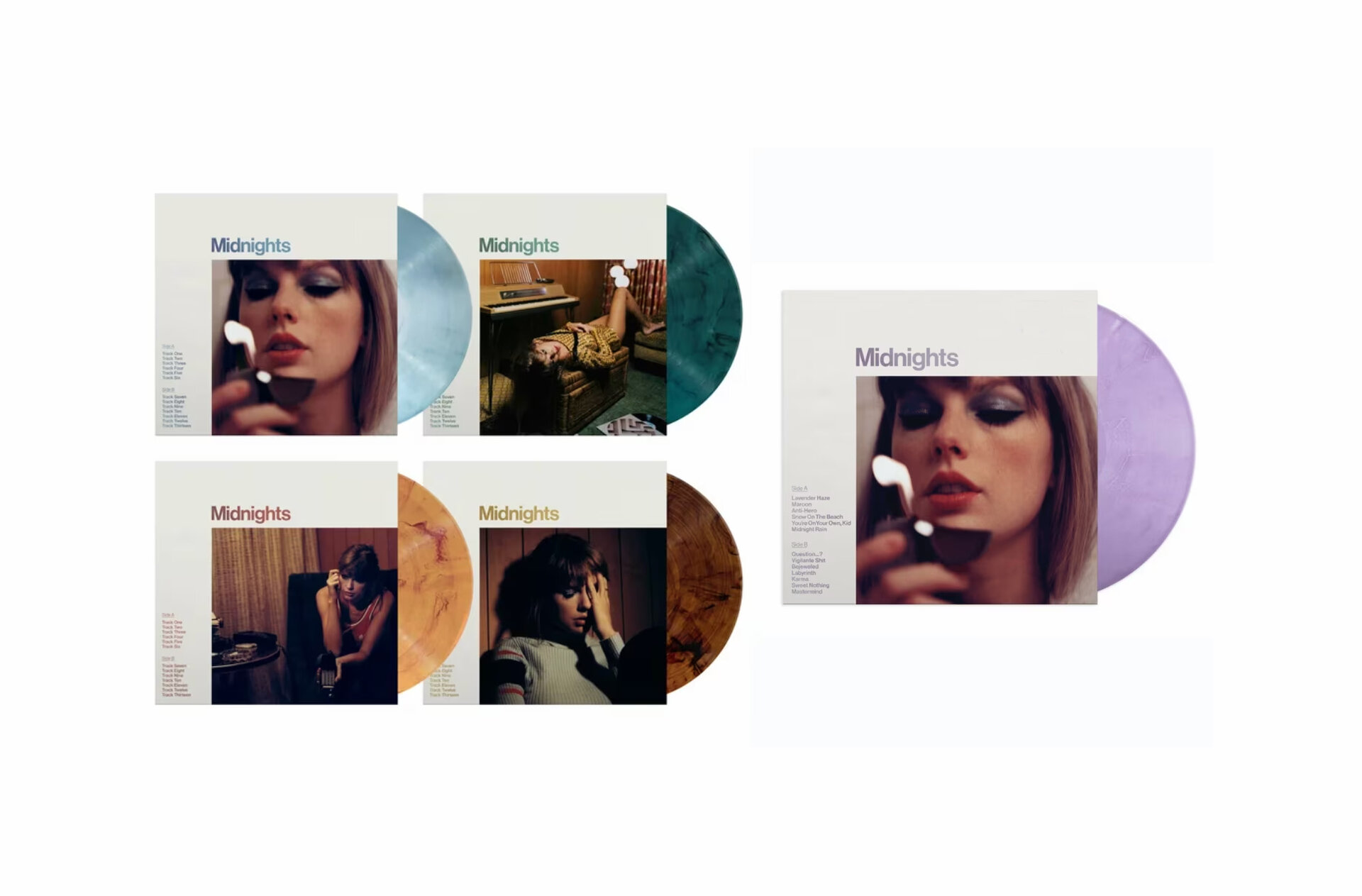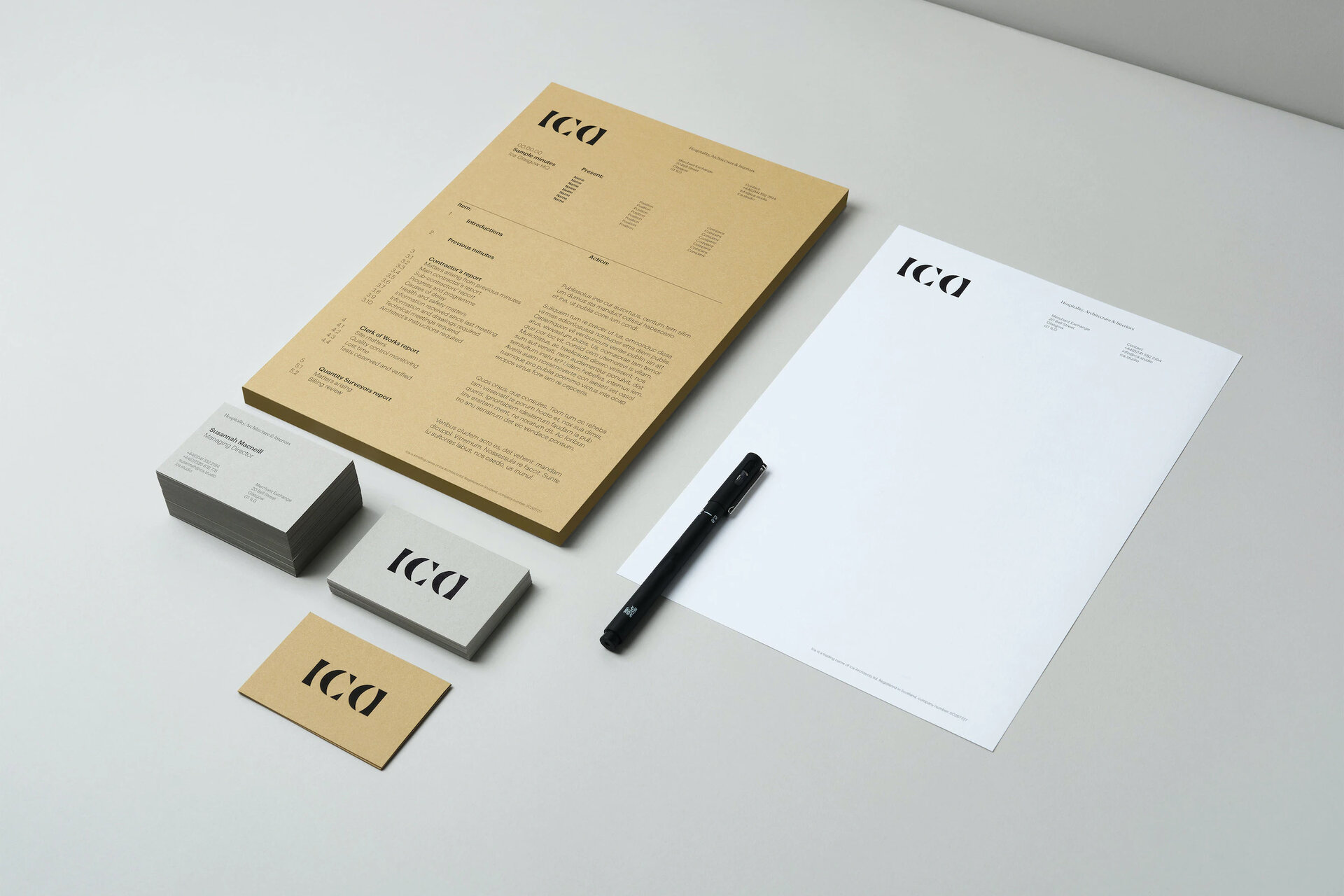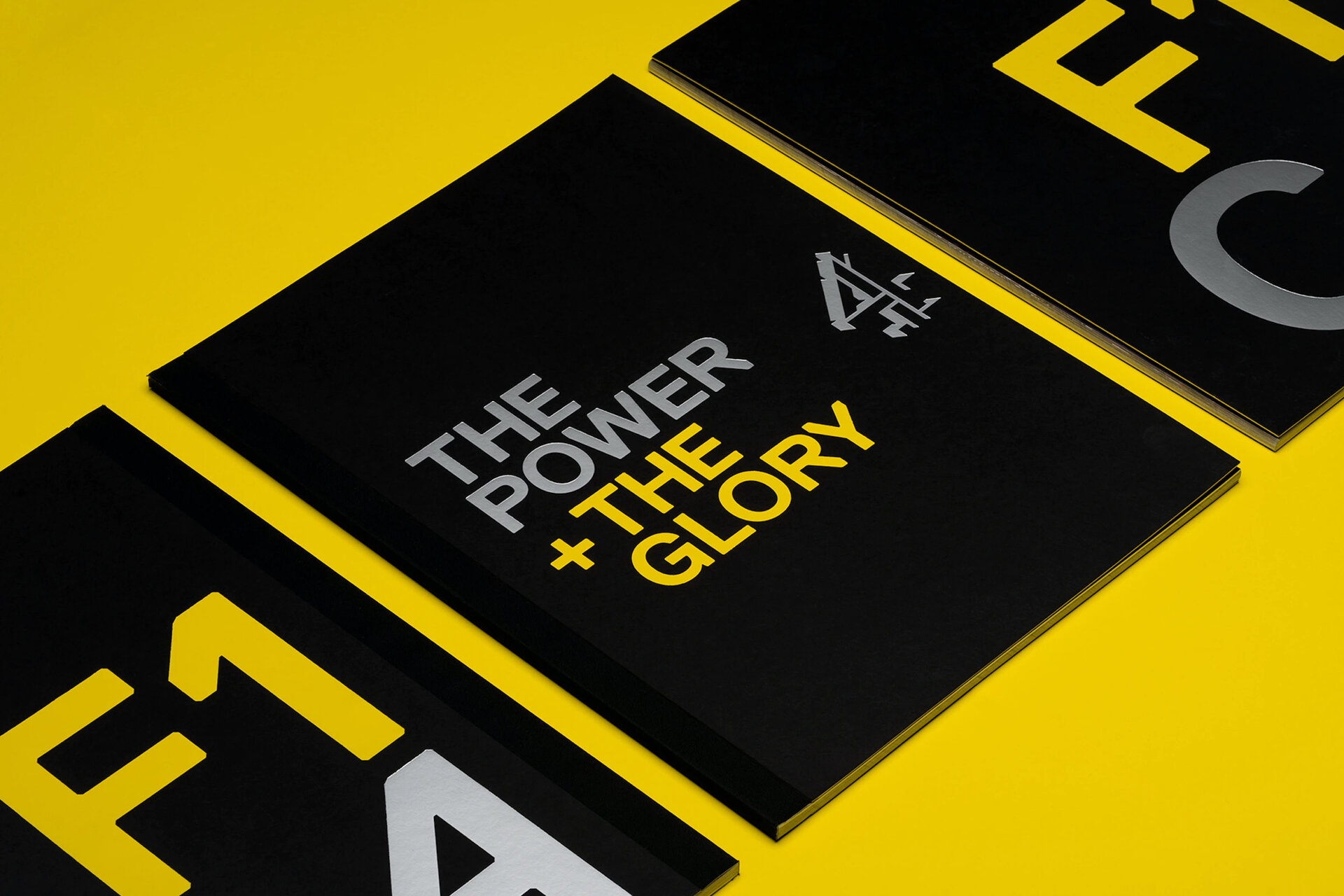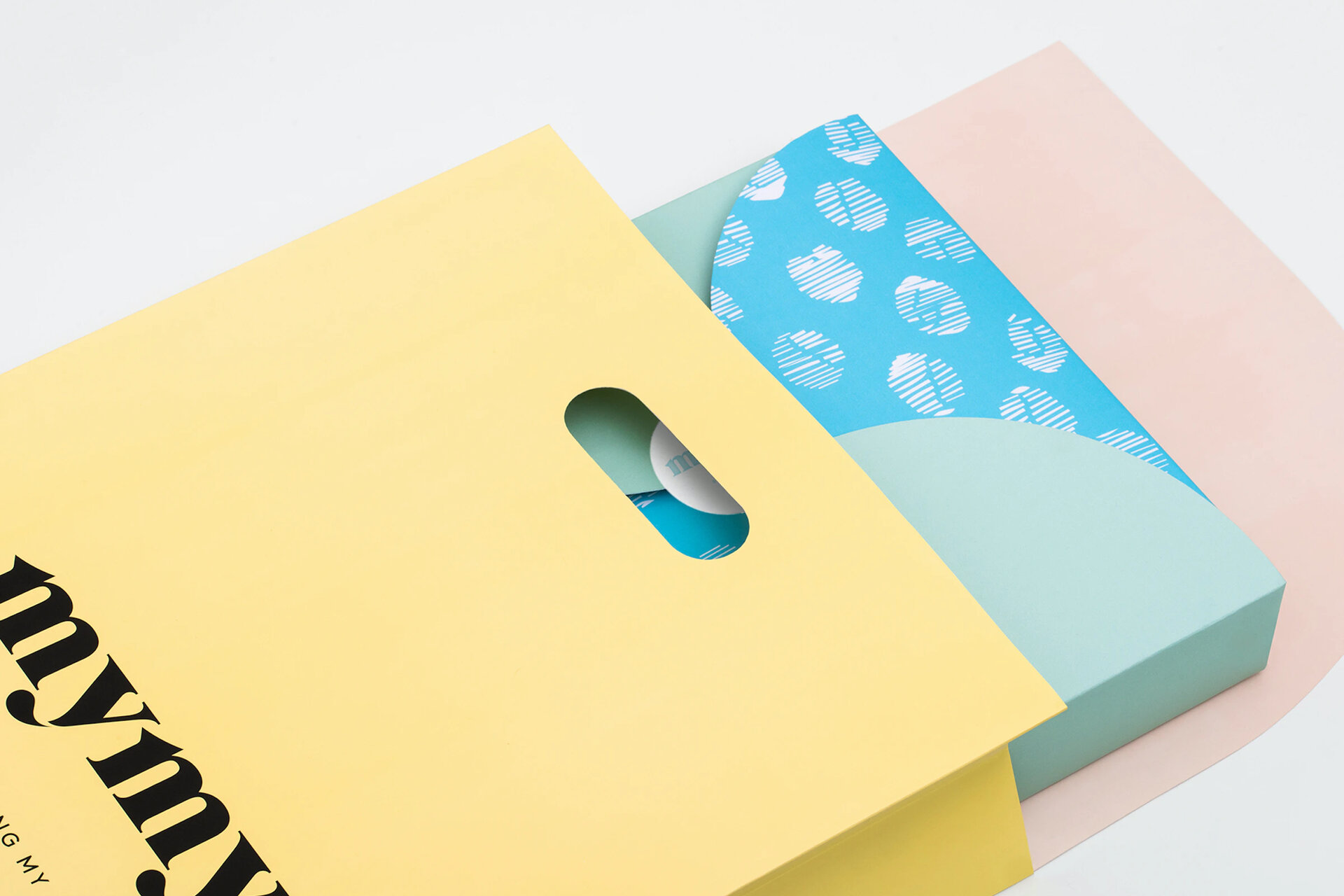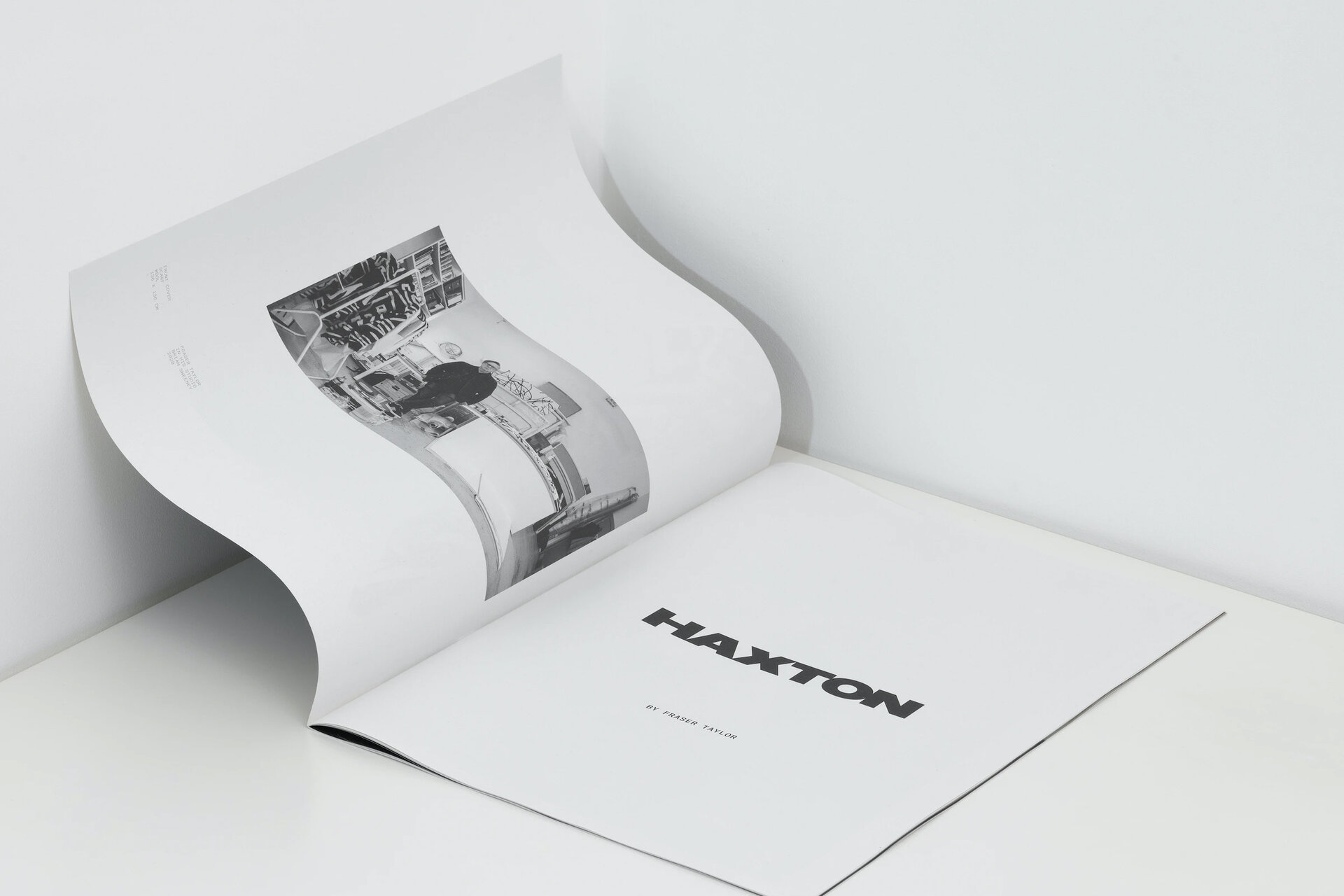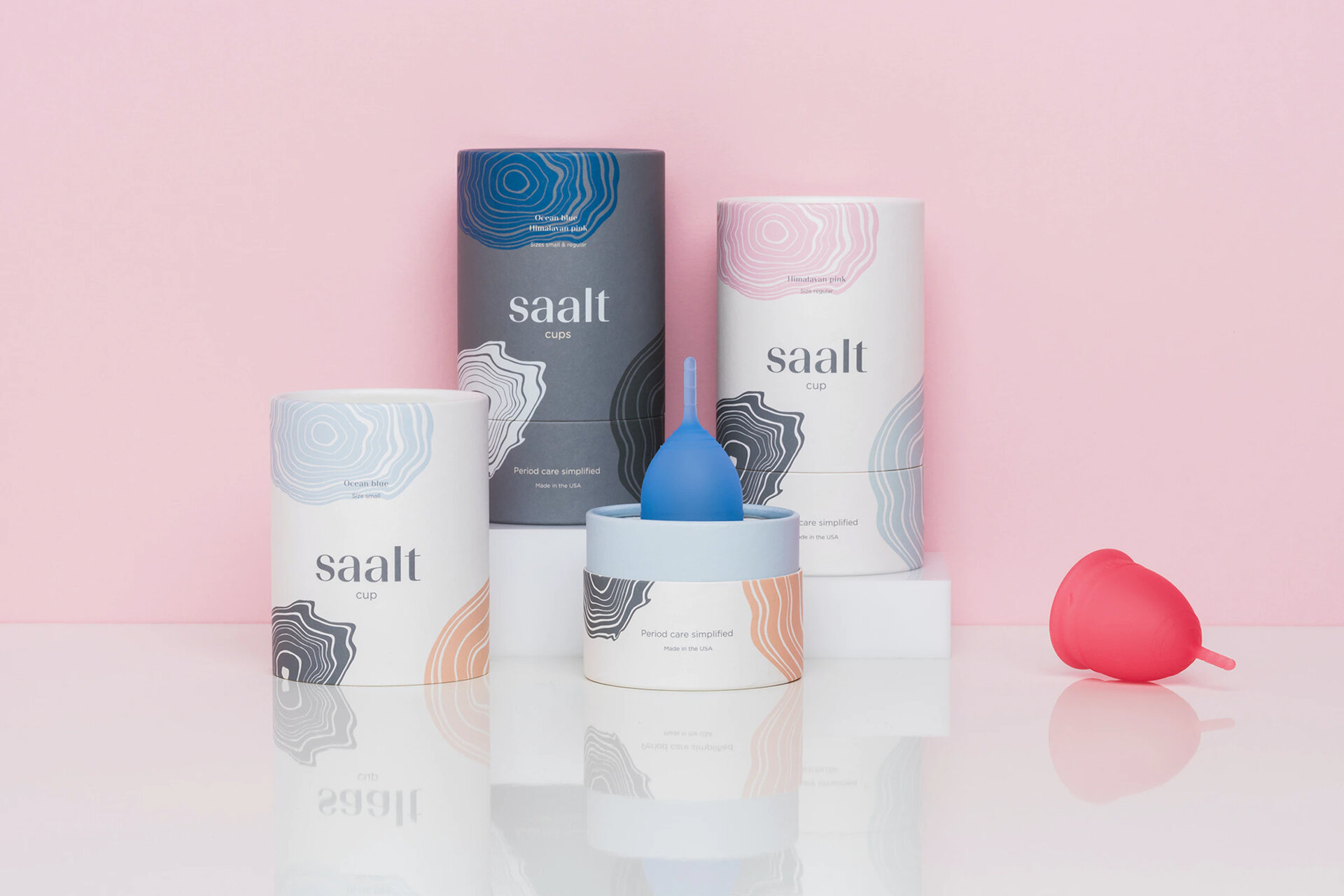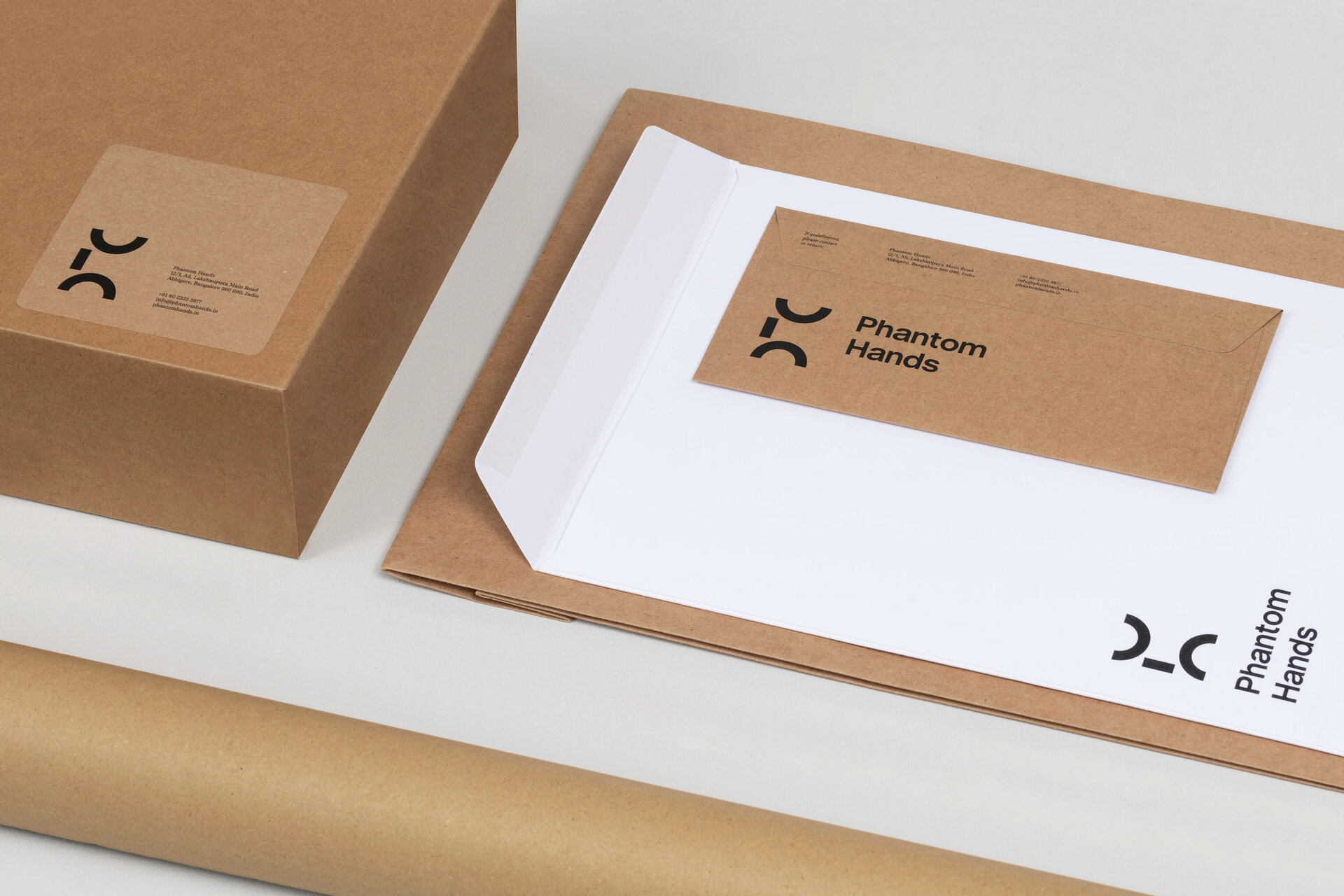12.06.23 / Daniel Ibbotson
Bring Back Vinyl
Some thoughts on how print and real things are still important, now maybe more than ever.

Not being a particular fan of either Jack White or Zane Lowe it might seem odd that I watched an hour long Apple Music interview between the two of them. I’m not entirely sure what drew me in but I’m glad I took the time.
It turns out Jack White is a rather interesting guy, in particular for what he’s done with his record Label ‘Third Man Records.’ At his location in Detroit he has built not only a base for his label but a quite extraordinary place. A record store, a coffee shop, a live venue, a mastering studio that will allow you to cut straight to acetate from the stage if you want to. And also a pressing plant, using steam and water powered machinery to press vinyl records either by hand or on mechanised presses. Here they press not only their own Third Man releases, but also vinyl for other musicians – Beyoncé for example.
We all know that vinyl records have seen a massive resurgence. Something like 11 – 14% growth per year for the last 17 years. They have been kept alive by the house music DJ’s in the late 90’s and early 2000’s. Then by the Garage Rock scene but now they are fully mainstream again with the likes of Beyoncé, Taylor Swift and Harry Styles releasing their albums on vinyl and in multiple versions – coloured, multi-coloured, 45’s, box sets – you name it. And it’s not really the major labels that are supporting this, it’s more independent ventures like Third Man.
There are multiple great things about what Jack White is doing, not least the employment and growth he is bringing back to a city that has been on hard times. But what it really got me thinking about was print (and real things in general). Ten years ago around 85% of the work that we produced at Graphical House was destined for print with the remaining 15% being digital. Now that ratio has reversed. Of course Covid has been a significant contributing factor to this (you can’t catch Covid from a thing you can’t touch) but it was a trend that was already well on its way.
There are of course fairly solid reasons for this. Digital is by default easier to distribute allowing a wider reach without increased costs. It is far easier to change digital content, digital ink never dries as they say. Size isn’t an issue, pixels come for free so a website page can scroll for as long as you like and it won’t cost you any more. However there is a lot that digital cannot do. Some things are just harder, bringing that visual distinction is not as easy when you remove physical attributes, but it’s not impossible. Other things though, simply can’t exist digitally. Do these perhaps fall into less tangible metrics? Harder to measure. More esoteric. Difficult to value. It’s certainly harder to have an emotional connection with something that only exists in the digital realm.
Much like a vinyl record, a piece of print is an invaluable artifact. Even now in the age of Amazon and Kindle, print books still outsell e‑books by a ratio of 4:1. Why is this?
Again perhaps this is intangible. There is just something about holding an object in your hands that is different. A piece of print tells a story, it’s a talking point, it says something about the owner as well as whoever made it in the first place – the author, the designer.
Like records, books or other printed objects, are often displayed as a collection. They become part of our story, a kind of autobiography.
It’s great to watch what someone does when they are presented with a printed object, be that a nice business card, a book, magazine or brochure or maybe a piece of packaging.
Typically there are four stages to the ritual. First is the inevitable sniff, lift it up and inhale. Ahhh, ink on paper, one of the most evocative smells. Then there is the flick through, usually from the back to the front. Then comes the weighing, the slow appreciation of the mass. And finally the attention to the details, the textures and finishes, the way it works. The fall of the pages or the gentle suction of the box lid. It is these things that collectively make up the unknowable value of the real.
A brand is made up of many things, some far more tangible than others. Ultimately it pays to be aware of them all and to use them cleverly, deploying the right tool for the right job. Choices made about the physical object can reinforce and build upon the values and characteristics of your brand. Some groups within your target audience will respond much better to something real and some will be finely attuned to what you are communicating through those physical qualities. You don’t have to aim for everyone, just those who will appreciate what you’re saying.
Often the Millennial generation is blamed for the death of things. However it’s worth noting that, contrary to what you might assume, it’s not the older folks who are keeping print alive. 63% of physical book sales in the UK are to people under the age of 44. Perhaps this is fuelled by a hunger for information that is free of the social media echo chamber, that has an inherent sense of truth. Or perhaps it’s more to do with a desire to simply escape the screen and all that has come to signify.
The emerging GenZ are likely to wield their buying power in ways we haven’t seen before, bouncing back from their Covid experiences by seeking authenticity and connection. As a group they exist strongly in the digital realm but they seek out real experiences, having had them denied for such a formative period of their lives.
Looking forward we can see this trend towards the physical continuing. Not a complete turning away from an ephemeral digital culture but perhaps pushing back towards thoughtful objects that have a life and tell a story, our story.
Artifacts, Heirlooms, Relics.
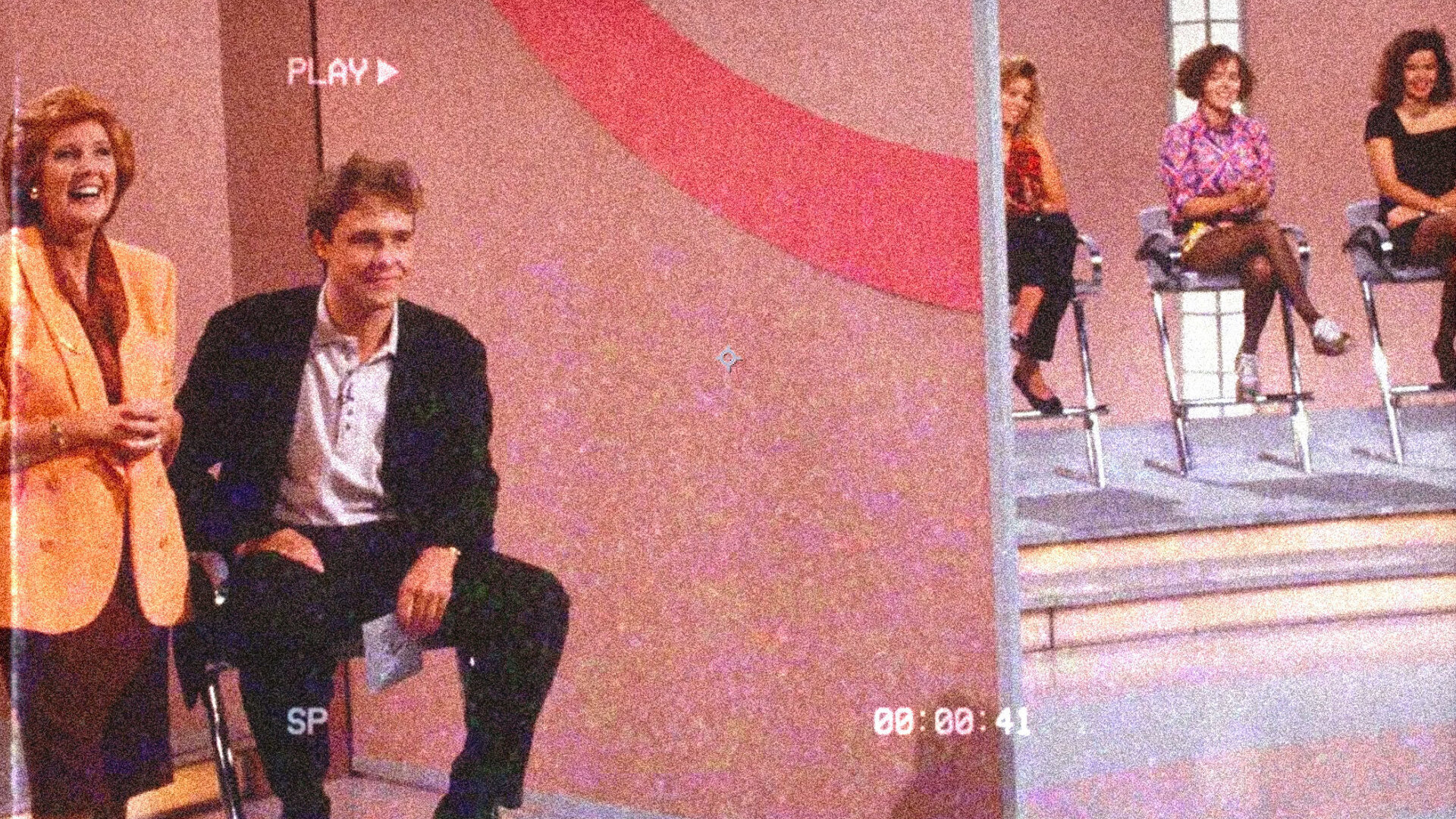
Next article
